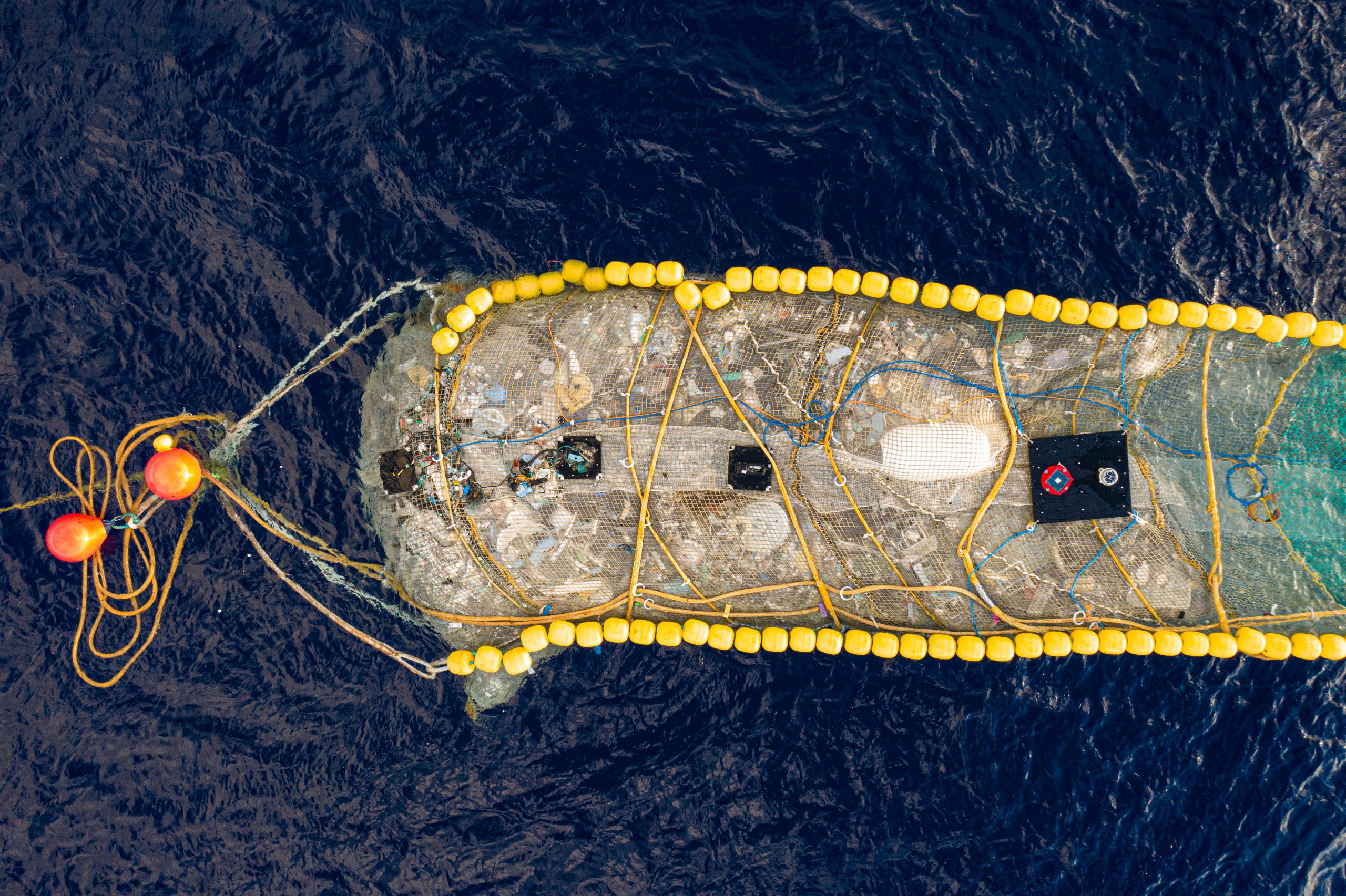Here's something we bet that most of you haven't heard about, or, if you did, forgot all about it. A new California law that will require everyone to stop throwing their food scraps/waste into the regular garbage takes effect in 2022.
Will Big Brother be snooping around your garbage cans to see if you improperly disposed of those inedible leftovers?
Photo credit: CalRecycle
Senate Bill 1383, which was signed into law by then Governor Jerry Brown in 2016, will require California residents to separate their coffee grinds, food scraps, egg shells, potato peelings, and just about every other piece of organic food waste from their other garbage and either make compost out of it, take it to a recycling center, or put it in the same recycle bins for green waste that they have been using for years.
The purpose of the new law is to reduce the amount of uncontrolled methane emissions generated from landfills by decomposing organic wastes. Methane is a very potent greenhouse gas, with a warming effect several times that of CO2.
Failure to do so may result in individual daily fines beginning in January 2024 ranging from $50 to $100 for a first offense to $500 for subsequent offenses. Cities that fail to comply may face fines of up to $10,000 a day!
Additional requirements of the new law effect businesses that generate these wastes, as well as a requirement that supermarkets donate unused but edible food normally destined for the garbage dumps to food banks for the needy.
The collected waste must be directed to anaerobic digestor facilities for conversion into biofuels and electricity or to composting facilities to make soil amendments. And the resultant compost made by those public facilities (many of which don't even exist yet!) must be used. Just where and who will be using the thousands of tons of such compost generated remains undetermined.
The new requirements will increase the waste disposal fees paid by homeowners and businesses, with estimates ranging from 1% to 20% or more.
However, because current infrastructure is not be set up to handle the increased volumes, except in a few cities and counties that have already been implementing a similar program, the law gives the affected governments until 2024 to enact local ordinances that will address the requirements.
California Environmental News (CEN) reached out to the Kern County Public Works Department for clarification and is still awaiting a response. The Department's recycling hotline was not working, according to a recorded message, and no one answered the general information telephone.
At the moment, CEN is unsure whether food scraps must be placed in green waste bins or not. CEN recommends contacting your local government waste department to determine what, if anything, you must do and when.
For more information: SB1383 Summary










